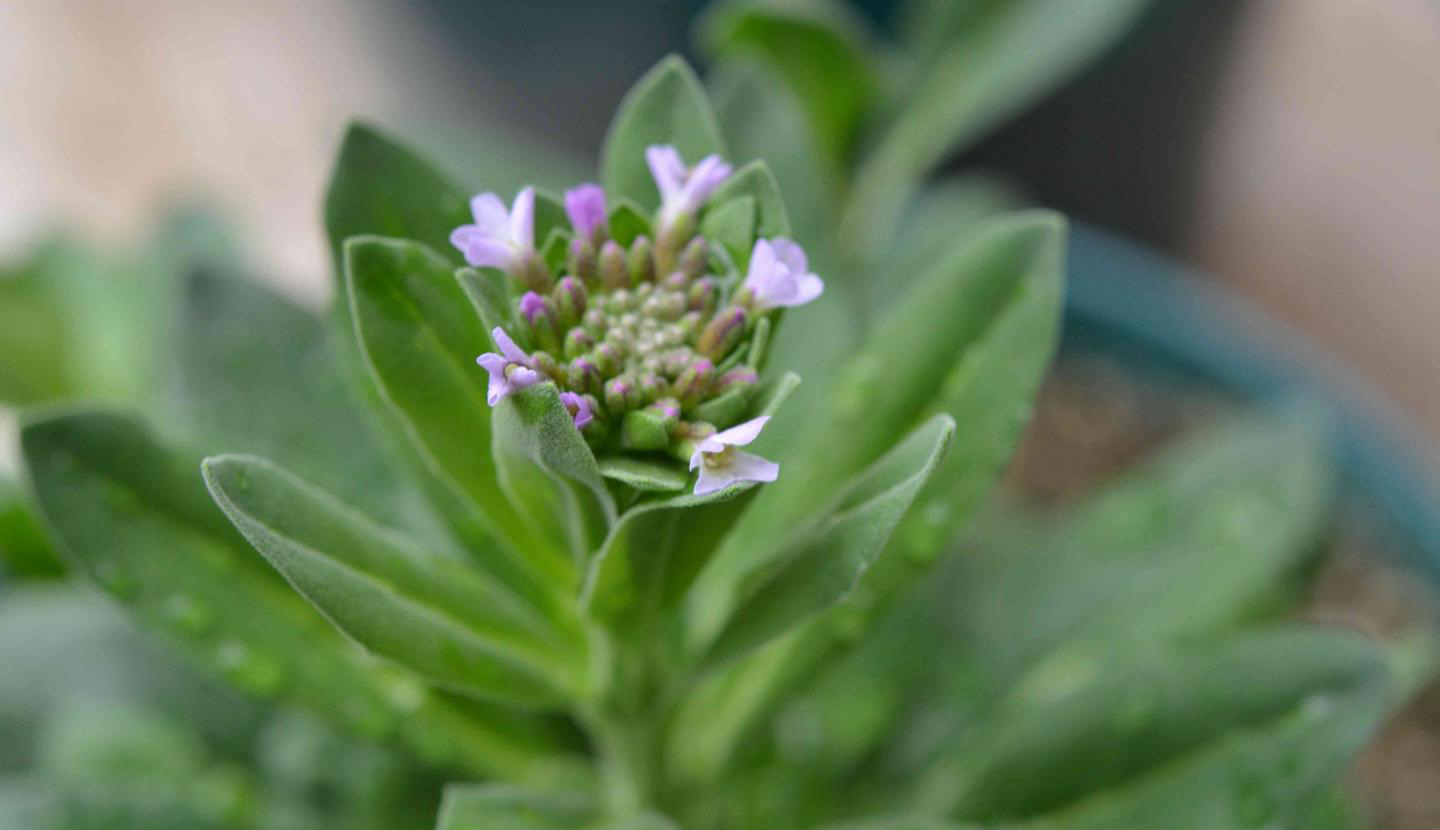What Mustard Can Tell Us about Climate Change
New research highlights natural variation in how Californias wild plants respond to temperature fluctuations.

Thermotolerance, the ability of an organism to withstand heat, is a particularly important trait in plants as they are fixed in place and cannot move to cooler locations. Tolerance to external stresses such as cold, salt, or heat can have significant impacts on plant productivity and plant biogeography. Global climate change and the resulting increase in temperatures will have a substantial impact on both crop productivity and the survival of wild plant species, but very few specifics are known about how wild plants respond to high-temperature stress.
In a study published today in the journal Botany, the researchers looked at members of the Boechera genus, which includes more than 100 species of plants in the mustard family. The Boechera genus is restricted to North America, mostly west of the Rocky Mountains. Growing these species under a variety of controlled conditions, researchers found that Boechera is more thermotolerant than A. thaliana, a small, flowering plant that is native to Eurasia and is typically used in botanical research. Researchers also found that within various Boechera species, there are considerable differences when it comes to how well they tolerate heat.
“Our study highlights that there is considerable natural variation for thermotolerance and heat shock gene expression in wild plants,” said SDSU botanist Elizabeth Waters. “As our climate warms, it becomes crucial that we further develop our understanding of plant responses to high temperatures and have a clear understanding of the strategies that contribute to thermotolerance. Our study shows that there is considerable natural variation in how plants respond to temperature stress.”
The study also concludes that Boechera makes for a good model organism to further study thermotolerance, which will provide valuable insights into how thermotolerance works in plants.
“Continued studies of this interesting native California species should provide important insights into how plants acquire thermotolerance and protect photosynthesis from heat stress,” Waters added.
This work is an important contribution to both identifying the plants that are at the highest risk in a warming climate and also those that have the capacity to withstand high temperatures, the researchers noted. With this knowledge, scientists can further their understanding of heat tolerance with the goal of improving crops that lack the ability to withstand high temperature stress.



